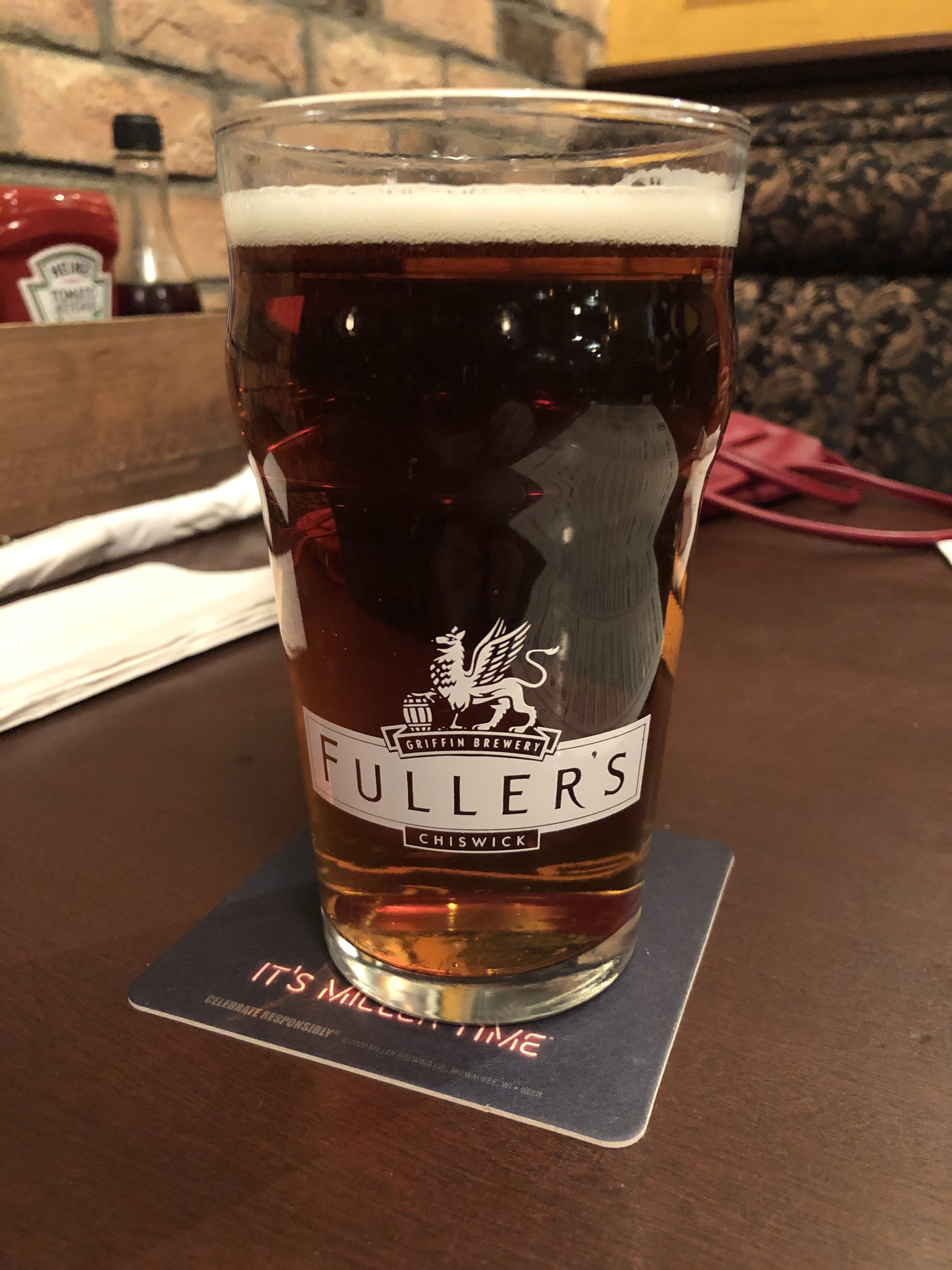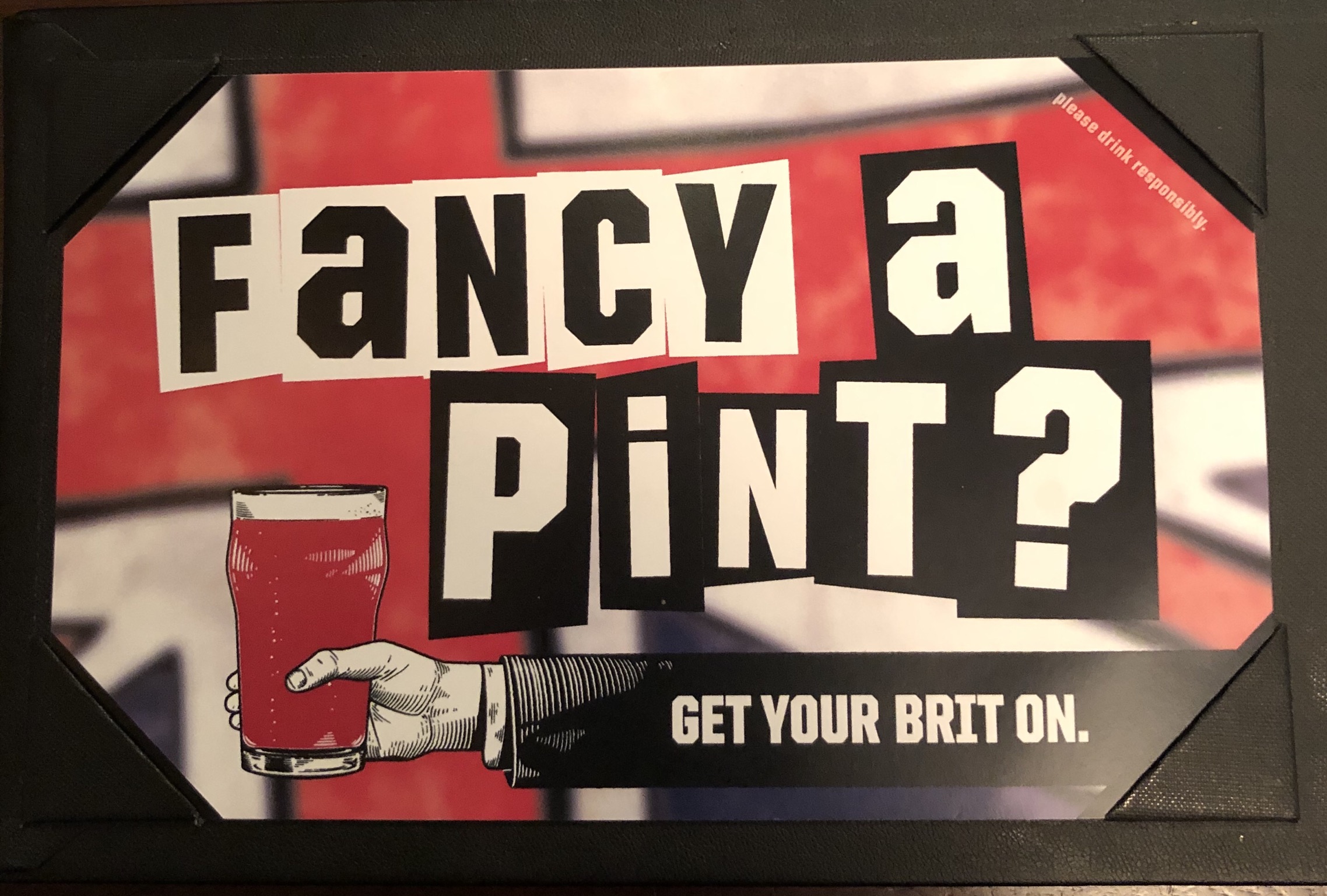Fuller's went from a "typical" British 3-strain to a single strain when they moved to conicals in the 1970s, and that's what they've used for production and for bottle conditioning ever since. However in recent years, it has diverged into two substrains that can be distinguished by DNA analysis but not microbiologically. (John Keeling, pers comm) Every generation, a yeast strain will mutate a little bit, they are constantly changing.
Which is why it's really unhelpful to think in terms of what you buy from a yeast lab as being "***the***" yeast from Brewery X. Aside from the fact that traditional British breweries normally use a multistrain and Wyeast, White Labs etc will only sell you a single strain (whereas eg Brewlab sells some as multistrains), as soon as you take it away from the brewery, it will be mutating and diverging from the yeast used in the brewery.
Mutation and divergence are a particular problem for most Wyeast and White Labs yeast given their history, of being harvested at some point in the 1990s and passed around US homebrewers for years before finding their way into a freezer at a yeast lab. So that's why I can believe that WLP002 and 1968 may have been harvested from a Fuller's beer at some point many years ago, but either the labels got switched or they've just mutated and have lost what Fuller's and their former head brewer regard as the defining signature of their yeast. Genetically both
WLP002 and 1968 appear to be very close relatives of WLP007, and are best regarded as just another Whitbread variant rather than something that is at all relevant to Fuller's.
https://www.fullers.co.uk/blog/beer-articles/yeast
"Fuller’s yeast gives orange citrus, and toffee flavours to the beer (marmalade notes at discernible at higher A.B.V.), whereas Gales yeast tends to bring a soft fruit flavour to the fermentations, with red berry fruits coming through."
Fuller’s: Brewing up a storm
‘One constant of all the ales is the secret ‘house yeast’. It has a very orange-y, marmalade-y flavour,’ says George. ‘It’s easy to pick up in ESB and, with Oliver’s Island, we enhance that flavour by brewing with orange peel.’
So WLP002 is not "the Fuller's yeast". 1968 is not "the Fuller's yeast". A09 Pub is not "the Fuller's yeast".
A09 Pub may have come from Fuller's, but having spent time away from the brewery is no long the same. But A09 Pub does behave similarly to the Fuller's yeast in giving some marmalade character, so is probably your best bet if you want to clone a Fuller's beer with a yeast that comes in a pouch.
Allegedly
Brewlab Thames Valley 3 also comes from Fuller's and is rather more likely to have been taken from a healthy, authentic, source rather than one that's been sitting on a shelf in the US for months. But the only way to get "the Fuller's yeast" is by harvesting directly from cask dregs or bottle-conditioned beer.
The only bottle-conditioned beers they do are 1845 and what we know as Bengal Lancer, which originated in an IPA made for the Swedish market but there's a suggestion that Lancer is now just labelled Fuller's IPA in export markets. Availability should be improving since the Asahi takeover.
Vintage is also bottle-conditioned, but it's not ideal to be harvesting from something that strength and I've seen reports of USians struggling to get live yeast from it. Retailers get a bit nervous about bottle-conditioned beers so may avoid them, although bottles of 1845 are in most supermarkets here, Lancer is harder to find.
Sounds more like Gale's per the Fuller's comment above?
From a European perspective, US brewers spend far too much time obsessing over recipes, and not enough over yeast and process. All three are important.
Fuller's brewers tweet pages from their brewbook from time to time and I've collated them in this thread :
https://www.homebrewtalk.com/thread...imperials-neipa-from-the-horses-mouth.642756/
ESBrewer has used them to come up with what he regards as a convincing clone of Fuller's ESB (
in post #42).
This long thread is good on how to ferment WLP002 in particular, and is well worth a read for anyone interested in British beers :
https://www.homebrewtalk.com/thread...emps-and-profiles-cybi-other-thoughts.221817/




















































![Craft A Brew - Safale S-04 Dry Yeast - Fermentis - English Ale Dry Yeast - For English and American Ales and Hard Apple Ciders - Ingredients for Home Brewing - Beer Making Supplies - [1 Pack]](https://m.media-amazon.com/images/I/41fVGNh6JfL._SL500_.jpg)









